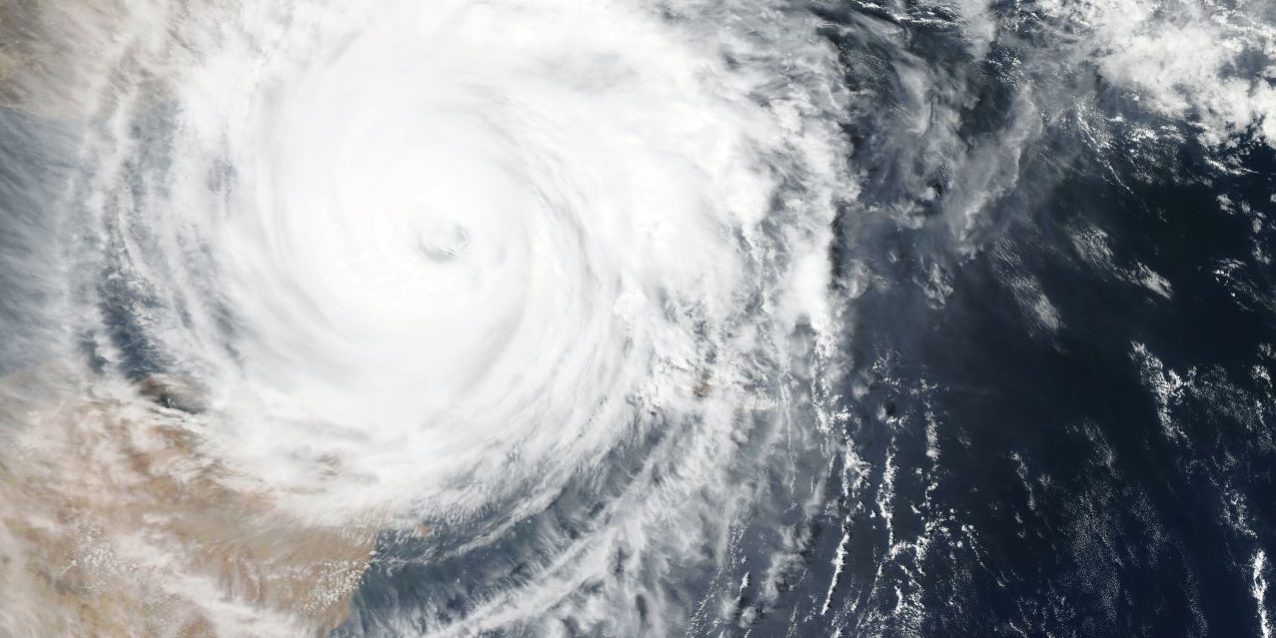People are often left reeling from the terrible costs of hurricanes. Homes, businesses and vehicles will have been damaged or destroyed and, after ensuring the safety of your family, the next step is often filing your insurance claim. But to get the best possible settlement for your claim, you’ll need to document your losses as best you can.
Here are the things to keep in mind as you navigate the process of filing a hurricane-related insurance claim.
1. Safety first
First of all, stay safe. Don’t try to enter your home if it is not safe to do so. More Americans die in the aftermath of a hurricane than during the storm itself. Ensure your home is structurally sound and your property free of downed power lines before attempting to reoccupy it. If your home is not yet safe to re-enter, your insurance company may send specially trained adjustors in to assess the damage and will often release an advance payment that will enable you to get a contractor in to begin repairing the damage, pending your full claim.
2. Notify your insurer
Contact your insurance company as soon as possible, to explain the damage to your property and initiate the process of filing a claim.
3. Prevent further damage
Take immediate action, if necessary, to prevent or mitigate further damage. For example, shut off broken water lines or gas lines, board up broken windows and get a tarp on damaged roofs. Any major tear-outs or renovations beyond damage-control measures must be approved by your insurance adjustor. Keep receipts for all expenditures you incur to get these repairs done. But make sure to check your policy, as many will limit how much you can be reimbursed for these types of repairs.
4. Call the right insurance company
You may be dealing with multiple insurance carriers for the same event. For example, if a tree falls on your house, your claim is likely covered by your standard homeowner’s insurance policy. If you have groundwater flood damage, you’ll have to file your claim via the National Flood Insurance Program. Homeowner’s insurance does not normally cover damage from groundwater, storm surge or flash floods. Similarly, in some areas, you may need windstorm or hurricane insurance to cover your home against wind damage. If you have damage to your automobile, then your auto insurance company will handle the claim. Generally, you’ll need to be carrying comprehensive coverage in order to get reimbursed for a hurricane or flood loss.
Filing your claim
• Take photos, and write down serial numbers and other identifying information. If you have had anything appraised, locate that document and forward it to your adjustor.
• Keep any damaged property in a safe location until the adjustor sees it.
• Track down your mortgage loan number, as well as the mortgagee clause or address.
• Do not discard any damaged property before the adjustor documents it, unless ordered to do so by law enforcement officials. Even then, photograph it.
• Get your own contractors’ estimates for repairs, and show them to your adjustor – especially if you get a settlement offer that is unreasonably low.
• Do not begin any repairs or renovations, except for those measures obviously required to prevent further damage, without authorization from the insurance company – or they may not cover the cost.
• Keep all receipts for lodging, gas and food if you are forced to evacuate your home. Your insurance may cover direct reasonable costs of evacuating, as well as costs incurred as long as your home is uninhabitable.
The repair process
• Use only licensed and bonded contractors. Verify that they carry contractors’ liability insurance and worker’s compensation coverage. Otherwise, you could be left with a big liability if things go wrong.
• Check contractor references.
• Don’t sign over the right to collect directly from your insurance company to any contractor.
If you have any questions about your claim, call your agent or adjustor.








